100 Useful Dog Training Tips
100 Useful Dog Training Tips
Ok, the new furry love of my life is finally home. Training needs to begin immediately!... err but where do I start with dog obedience training?
Whether you train your new puppy or dog yourself, take classes, or hire a private trainer, some basic training tips should be tackled right out of the gate.
Check out our list of 100 useful tips gathered from professional dog trainers. Help your pal live a happy and healthy life inside your human family:
1. Be committed.
Do not get a puppy or a dog for a pet if you are not fully committed in caring for it. Without commitment, you can never train your pet effectively. By being committed, as well as by loving your pet, you would have the necessary drive to do what needs to be done, in order to train him well.
2. Never give up.
Whether you are trying to train a dog or a puppy, you need to be aware that it requires time and a lot of patience, in order to get your pet to perform the things you want him to do. In other words, you need to be patient about it. Aside from that, you should never give up, so that he would be able to understand what you want and do it.
3. Be positive.
Be positive at all times when it comes to training your dog. A positive attitude will mean a lot for your pet, since he can feel when you become frustrated or angry. Being positive means that you have to praise him whenever he does something good. Aside from that, you should also believe that your pet can do it, so as to encourage a more positive atmosphere.
4. Prepare treats.
Dogs love treats like dog biscuits, and such. Prior to taking the steps in training your pet, you should prepare treats as rewards for your pet, whenever your dog is able to follow your command. Make sure that the kind of treats you have prepared is something that he really likes much, so that he would really know that he has done something right.
5. Do not forget about your dog’s health.
Before training your dog, you have to make sure that he is in top condition. This is because, a dog that is not feeling a hundred percent well would not have the focus that you want him to have. He should be a happy and healthy dog to begin with, which is why you should make sure that he eats nutritious foods, and he should be taken to a veterinarian for his regular checkups.
6. Take your dog for a walk.
Walking your dog can make him happy. It can also ensure that he gets enough exercise, which would promote his health. Doing this on a regular basis would make your dog see it as a routine; and, this would make positive results in your training program, especially if you do it on a regular basis as well.
7. Play with your dog.
Dog training should just be one of the things that you do in a particular day. In other words, do not do it for all the time that you spend with your dog. Play with him whenever you can, so that he can feel that being with you is not just all about learning new things, but having fun as well.
8. Train your dog in a place free from distractions.
You have to take note that dogs can get easily distracted. In other words, if you want his full attention on the trick or task that you need him to perform, then you should make sure that you are doing it in a place free from distractions. Keep in mind that your other pets can distract him, as well as other people in your household.
9. Get to know your dog better.
There are certain times of the day when your dog is more active. For example, some dogs like to take naps during the afternoon; and, if that is the case with your pet, then you may want to train him in the morning or after his afternoon nap. It is best to train your dog when he is full of energy, so that you can pay attention to you more.
10. Time your training sessions.
Always take note that in most cases, dogs can put their full attention to their masters for a period of 15 minutes only. Thus, there is no point if you are going to go beyond that time period in training your pet, since he may already lose his focus. With that, it is best to schedule short training sessions within the day, to make it more effective.
11. Be the leader.
Dogs naturally follow a leader in a pack. Thus, you have to establish being a leader, so that your pet would follow your commands. Establishing your dominance does not mean that you have to hurt your pet. One example of it is to show him that you are the one to eat first, before giving him his food.
12. Reward your dog’s good behavior.
Giving rewards to your dog should not be limited to whenever he follows your command. Whenever you see that he has done something good on his own, you should reward him to encourage that behavior. By doing this, your dog would be able to know that he has done something good, and would do it again and again.
13. Use your pet’s name.
Use your pet’s name whenever you need to get his attention. If you have just gotten him home, then you should use it as often as you can, to get him oriented to it. Thus, whenever you are giving him his food, you should call him by his name, as well as whenever you want to play with him or take him for a walk.
14. Be serious in giving a command.
Whenever you want to give a command to your pet dog, you have to be serious about it. In other words, you should not let him ignore it, since that could become habit that would cause problems in the future. If you are not ready to enforce your command, then you should give it at another time.
15. Timing is the key.
Always remember that dogs have short term memory. In other words, if you are going to reward him for something good that he has done 15 minutes ago, then he would not be able to connect it. The same goes for punishing him for doing something wrong. Thus, you should make sure to reward or punish him on a real time basis, so that he would understand it well.
16. Never reinforce undesirable behavior.
There are times when your puppy does something bad, but funny at the same time, which may make you forget about punishing him for it. Although funny bad habits can make you laugh, you should s till make your dog aware that it is not good. If you let him do it without punishing him, then that would be the same as reinforcing it. Never reinforce negative behavior, since that can be hard to get rid of in the future.
17. Do not punish desirable behavior.
Punishing desirable behavior can be confusing to your pet, which is why it should not be practiced. Keep in mind that you may be doing it, even without your intention. For example, if you want your puppy to eliminate outside the house, then you should be with him until he does it. Leaving him alone outside may make him feel that he is being punished, especially if he wants to be with you.
18. Never punish your dog after calling him.
Calling your dog and punishing him is not a good practice, since he has just followed your command. This can make him have second thoughts of approaching you whenever you call him. Thus, only punish your dog, whenever he does something bad. Aside from that, punish him on the instance of showing his undesirable behavior, so that he would know what it is all about.
19. Do not blame your dog for misbehaving if he is not well.
You should be able to know signs that can tell you whether your dog is sick or not. This is because, there may be times when he does not behave as well as you want him to be, due to a certain ailment. With that,you should not punish him, but instead, get a veterinarian to check on his condition.
20. Training your dog with a leash and a collar.
Some dogs may become uncomfortable whenever you put collar and leash on them. Thus, you should do it while your pet is still a puppy, so that he can get used to it early on. Walk your dog around the house with a leash first, before taking him outside, so that you can train him properly.
21. Positive social interaction.
Having positive social interaction is one of the basic needs of dogs, which you need to fulfill, prior to training him. With that, you have to make sure that you would greet him whenever you meet inside or outside the house. Aside from that, you should also let other members of the family socialize with him, so that he would feel that he belongs.
22. Let your dog feel secure and safe.
Before you can even get your pet’s attention for training, you have to make sure that he feels secured and safe whenever he is with you. Thus, if you have just gotten a puppy, you should consider the fact that you have just separated him from his mother. With that, you have to comfort him and situate him in a place where he won’t get hurt, so that he would feel secure.
23. Provide proper food and water.
Providing healthy foods for your pet would not just ensure that he is in good shape at all times. It would also make his senses sharper, which would greatly help when it comes to training him. Thus, make sure to give him nutritious foods, and fresh water at all times, so that you would be happy with the results of the training.
24. Give proper shelter.
Having the right kind of shelter is one of the needs of a dog that you have to provide. Giving him proper shelter would not just make him feel happy with you, but also make him feel safe. Thus, if your dog is not going to be sleeping inside your house, then you should build a sturdy shelter for him in good size, so that he would be ready to follow your commands.
25. Give your dog proper exercise.
Walking your dog and playing with him are just some of the examples of activities that you can do, in order to give him enough exercise. Exercising your dog would not just improve his physical condition. It would also make him feel that you really care for him, which would encourage desirable behavior. On top of that, it would also make him reciprocate by following your commands.
26. Training your dog is a day to day activity.
Aside from doing your training sessions each day, you should also keep in mind that your dog learns something new, each time he interacts with you. Thus, you need to make sure that whenever he is with you, you should focus in shaping his good behavior. Inform other members of your family about it, so that they can all help in shaping up your dog’s behavior.
27. Making corrections.
Whenever you need to make corrections on your dog’s actions, you should make it as clear as possible. Aside from that, it should also be short and well defined. By doing it this way, you would be preventing your dog from getting confused. Aside from that, it would also make him remember the corrections better.
28. Use one syllable word commands at the beginning.
If you have just started training your dog, you should see to it that you are giving commands that have one syllable only. For example, instead of using sit down, you should use sit, so that it would be easier to understand and remember for him. Do it this way, so that your dog won’t have difficulties in following what you want.
29. Rewards encourages behavior.
Always remember that whenever you are giving rewards, you would be encouraging a particular behavior more. Thus, you need to be mindful of the times when you reward your pet, since you may accidentally reward him for misbehaving. Aside from that, keep in mind that rewards are not limited to giving treats or foods. Dogs can also see a pat in the back, or simply the absence of a punishment a reward.
30. Punishing your dog.
Whenever you see your dog misbehaving, you should punish him immediately, to put a stop to it. Punishing is not done by hurting your dog. One example of it is to just say “No”, or to stop playing with him, if he gets too physical. Aside from that, you can also leave him by himself, to make him feel that you didn’t like what he has done.
31. Punishment suppresses a behavior.
When you punish your dog for misbehaving, you need to keep in mind that it only suppresses it. In other words, it does not eliminate the behavior entirely. Thus, you need to take note that it is still very possible for him to repeat his bad habit again. Monitor his actions all the time, so that you can remind him that misbehaving is not good.
32. Training drills.
Learn training drills from expert dog trainers or by simply buying a book about it. Letting your dog go through training drills can help a lot, since such drills can make him acquire new skills. Learn about the different training drills, and practice them one at a time, so that you can make your dog a skillful one.
33. Having a single goal on each training session.
Focusing on a lot of training goals in a single training session would not help much. You should focus only on one goal in one session, since dogs have short attention spans. In other words, if you focus on too many goals, then you may not be able to achieve any one of it even in two sessions for a day.
34. Start with the basics first.
You need to start with the most basic commands first, in order to proceed to more complicated ones. This is because, basic commands can help you gain more control over your dog. For example, if you have already taught him to “sit”, then you can always use that command, in order to get his attention in doing other tricks.
35. Be aware of your dog’s feelings.
There are times when your dog may not feel like following your commands, since he did not have a good night’s rest, or he is in a bad mood. You should know how to tell your dog’s feelings, so that you can use it to decide whether to proceed with a training session or not. If he is not in the mood for it, then you can simply play with him, or sit down while watching the sunset.
36. Awareness of your actions is important.
Being aware of your actions is important when it comes to training your dog. You should be aware of how you waive your hand or the tone of your voice, since it can affect your dog’s attention. For example, if you are waiving your hand too much, then instead of listening to your voice, your dog may be looking at it.
37. Practice self-control.
You cannot expect to achieve success in dog training, if you cannot control yourself. With that, you need to practice self-control, in order to control your dog. Dog training requires a lot of self-control, since it can take a lot of effort and time, to get your dog to follow your commands.
38. What to do when you feel frustrated.
In training your dog, you need to be aware that there would be times when you would feel frustrated about it. Whenever you feel angry at your dog though, you should not proceed with the training session. Instead, let your dog do what he wants to do, and come back when you have already calmed down.
39. Do not punish your dog whenever he fails to follow your command.
There may be times when you feel that your dog is testing your patience by not following your command during a training session. However, you need to remember that dogs always want to please their masters. In other words, you simply need to spend more time in teaching him about the command, for him to follow it. Do not punish him, since it would just confuse him more.
40. Walking the dog.
Whenever you are walking your dog on a leash, do not tighten the leash, since it can hurt your dog. Aside from that, it can also make him pull you as a counter response, which is not good. Keep his leash loose, so that he can enjoy the walk more, and would look forward to it day by day.
41. Groom your dog.
Grooming your dog would ensure that he always feel comfortable, which would have positive results in your training sessions. Thus, it is best that you do it regularly. Make sure to do the grooming yourself, since it is also an activity, which would bring you closer to each other.
42. Focus on one command at a time.
Always remember that dogs can have a hard time in distinguishing two commands, especially if they are conflicting. Thus, it is always best to focus on one command at a time. Do not make your pet’s life confusing, so that he would have a better time in following your orders.
43. Use the words “Good” and “No” on a daily basis.
Learning the meaning of the words Good and No should be one of the basic things that you need to teach to your dog. This is because, you would be using these words on a daily basis whenever you interact with him. Your dog should know that whenever you say Good, it means that he has done something right. On the other hand, whenever you say No, he should know that he has done something wrong.
44. Nagging your dog should not be practiced.
Nagging your dog is not something that should be done, since it would not bring any kind of positive results. If you do it to your dog, it can only mean two things to him, it would mean nothing since he does not understand what you are saying or it can mean something negative, due to the tone of your voice. In any case, it should not be done, since it would not be beneficial for both of you.
45. Only one person should give a command at a time.
Your dog would have a hard time telling which person to follow, if two people would give him conflicting commands at a time. Even if the command is the same, it is still best for only one person to give it at a time. This way, your dog would be able to pinpoint which person and command to follow, instead of getting confused.
46. Consistency is key.
Being consistent is very important in training your dog. Practicing consistency means that you need to use the same word for a certain behavior all the time. Aside from that, you should also be consistent punishing him for his bad practices, so that he would be able to put it in his mind.
47. Preventing aggression problems.
It is very important to prevent aggression problems as early as possible, since it can hamper your training program. Thus, you should make sure that the moment your dog or puppy sets foot into your house, necessary things should be done to make him happy, secure, and contented. By doing this, it would make him easier to train, aside from preventing behavioral problems.
48. Do not get a dog if your family is not at the same page as you are.
If you are getting a pet dog, make sure that your whole family agrees with your decision. Aside from that, they should also share the same passion as you have for your pet. This is because, your family would also be interacting with your dog on a daily basis. Thus, they can all affect his behavior and development, which are some of the factors that determine the success of your training program.
49. Make your new puppy relax in his new environment.
In bringing home a new puppy, you have to consider that he would be looking for h is mother as well as the other puppies that he has been with. Making him relax in his new environment would help him respond to your training positively. To achieve that, you can place a warm hot water bottle beside his bed and a ticking clock inside the room, so that he would feel similar things as he did when he was still in his litter.
50. Be with your puppy as much as you can.
When your puppy is left by himself for long periods of time, it may lead to practicing destructive behavior, especially when he gets bored. Thus, you should spend as much time with your puppy as you can on a regular basis. Have a healthy playtime, such as playing fetch would help a lot not just in establishing your connection with him, but also in preventing boredom.
51. Taking your puppy to the veterinarian.
Training your puppy to become calmed and collected in going to the vet is necessary, since you would be doing it for the rest of his life. With that, for the first instance, you should make him feel as secure as possible, so that he would be relaxed. For example, you should place him on your lap while you are talking to the vet or waiting for your turn, instead of putting him on the floor.
52. Put a stop to your puppy’s nipping and biting.
Training your puppy to stop nipping and biting is important, since he can grow a full set of teeth soon. To achieve that, you need to let him know that it is not a pleasant experience whenever he nips on your hands, by reacting adequately such as saying something that indicates pain. Aside from that, you can also stop playing with him, so that he would know that he has done something bad.
53. Your family is your team.
Get your family involved in training your dog. With that, even if they won’t take parts during the training sessions, you should let them become more familiar of the commands that you use. Aside from using the same commands, all the members of the household should also handle and train the dog the same way, so as to practice consistency.
54. Train your dog in accordance to what is acceptable in your house.
If you don’t want certain things for your dog to do inside the house, then you should train him not to do it. For example, if you do not want him to treat your sofa as his bed when he grows up, then you should not encourage that behavior. Do not let him climb the sofa regularly, so that he won’t consider it as his place to relax. If you want to cuddle him, just sit on the floor, or put him on your lap.
55. Your puppy’s jumping up behavior.
Whenever your puppy wants to greet you or anyone in your house, it is quite natural for him to jump up. Reprimanding your dog for doing this should not be done, since it just shows that he longs for your attention. What you can do is to simply ignore what he is doing, until he settles down. Once he is no longer jumping up pat him or pet your dog, so that he would know that jumping up is not the way to catch your attention.
56. Reward your puppy in spending time with you.
Although it is simply irresistible for a puppy whenever you sit down on the floor and call him, you should always see to it that he enjoys every moment that he spends with you. Once he sees how rewarding it is to be with you, he would be ready to listen to you. With that, it would make training your pup easier in the long run.
57. What to do when your dog is confused.
When you proceed with more challenging commands, it is quite normal for your dog to get confused. When that happens, you should be patient and repeat teaching the behavior. Make sure to use the same word in teaching the command, so that your dog won’t get confused further. Do it repeatedly, and be open to the possibility of having to do it again for the next session.
58. Be confident.
Your dog can tell whether you are confident or not when you train him. He can see it in your body language, the tone of your voice, and how you handle him. You need to show him that you are confident, so that he can feel more secure in following your lead. Aside from that, your confidence level can also affect your dog’s trust in you.
59. Learn from your mistakes.
You need to keep in mind that in training your dog, you may make mistakes along the way. There is no need to make a big fuss about it. Just go on with your training session like nothing happened, and make sure that you won’t make the same mistake again. Learn from your mistakes, since that is one of its purposes.
60. There is no need to compete for dominance.
You won’t have to compete with your dog for dominance. You simply need to be dominant by remaining the one that is in control at all times. Make sure that you know what you are doing, so that your dog would simply follow you. Trust is also something that you need to gain, in order to become the dominant one.
61. Make it a point to integrate training into your dog’s daily routine.
Integrating the training of your dog to his daily routine can go a long way, as far as achieving success in your training program is concerned. For example, if you simply want to train him to sit down, you can always do that command, just before giving him his food. See to it that he sits down first before you give his food or treats, so that he can understand it better.
62. The importance of repetition.
Keep in mind that whatever you have achieved with your dog today, he may be able to forget it tomorrow. This is where repetition comes in handy. You need to repeat the same kind of behavioral command day by day, so that your dog can eventually incorporate it to his regular practices. The more you repeat your command, and the more you make sure that your dog follows it, the more it would become effective to your dog.
63. Practice fairness in treating your dog.
Do not forget to be fair to your dog when you are training him. With that, you have to make sure that he understands what you want him to do. Aside from that, you should also understand his shortcomings. Be firm in teaching him to do the things that you want him to perform, so that you can achieve success.
64. Using the word No as a command.
Saying “No” to your dog should be done at times when he does something bad. Using this word is actually quite effective, since it is very simple, which makes if easier for your dog to understand. To ensure that he knows what you mean though, say no at the instance when he does something unpleasant.
65. Know what your dog is telling you.
At the course of your training sessions, there are certain actions that your dog would do, in which he does it to communicate something. It is best that you know what certain actions mean, so that you can act accordingly. For example, if your dog suddenly stands still it may mean that he is not very comfortable of what you are making him do.
66. Paying attention to your dog at times when he misbehaves.
Paying attention to your dog when he does something wrong is good, but do not make it a point to only pay attention to him when he misbehaves. This is because, your attention may become a reward to him, which would prompt him do to mischievous acts to attract it. With that, you should also pay attention to him more times in a day, and make sure to let him distinguish between being reprimanded and being praised.
67. Fixing your puppy’s chewing problem.
Chewing different objects inside the house can become a habit that your puppy develops as he grows older. To get it fixed, there is no need to hurt him, since it would not work. What you can do is to simply say “No” once you caught him in the act. After which, take the object from him, and replace it with a toy that he can chew on.
68. Using the tone inflection of your voice.
Your dog can understand your commands better if you make use of the tone inflection of your voice more effectively. The tone inflection of your voice is actually very important. With that, you have to make use of different tone inflection for giving your commands. By doing that, it can help him distinguish whether you are happy or not, after he does something. Aside from that, it can also help you sound more firm in giving out commands.
69. The right time to start.
The best time to start training you dog is when he is about 6 to 8 weeks of age. Starting at an early age is actually beneficial to your dog, since it would become a regular thing to him as he grows older. However, always remember that it is never too late to teach an adult dog new tricks.
70. Make dog training a fun activity for your dog.
You have to keep in mind that your dog expects every time spent with you as fun and exciting. With that, you have to make it a point to make every training session a fun activity. Thus, you have to incorporate little games in it, and do not forget to give him his treats, so that he would be looking forward to it.
71. How to start the next training sessions effectively.
After your first training session with your dog, you may wonder how to start the next ones. To become more effective in it, you need to review the trick or the exercise that your dog has learned in the previous training session. By doing this, you are ensuring that your dog won’t forget it, and would be able to see it as a regular practice.
72. Make sure that your dog has motivation in learning new tricks.
To build your dog’s motivation in learning new tricks or commands, you have to make sure that he has the desire to spend time with you. With that, you need to build a good relationship with your dog right from the start. Dogs are known as creatures that really want to please their master, and if your dog has grown close to you, then it would do its best to follow your commands.
73. Reward your dog after every training session.
There are lots of things that you can do in order to appropriately reward your dog after each training session. Aside from giving him treats, you can also play fetch with him, especially if he shows signs that he wants to do it. This would make him happy, which would contribute a lot in his training progress.
74. Wear the right clothes and footwear.
You have to consider that when you are training your dog, you would be engaging into certain physical activities with him. Thus, you need to wear the right clothes and footwear for the training session for you and your dog’s safety. Use comfortable footwear that has good traction, so that you won’t end up falling down on your dog.
75. Choose the right time to train your dog.
Some people train their dogs early morning, while others train theirs in the afternoon. In any case though, you can select any time of the day, as long as it is not the time when your dog has just eaten his meal. It is not a good idea to train a dog with a full stomach, since it would lack the energy to perform the activities. Train him an hour or two after his meal time, to maximize the benefits of the sessions.
76. Making sure that your dog is comfortable in going through training.
You need to make sure that your dog is comfortable prior to training him, so that he would respond well. To achieve that, you can let him go out first, to relieve himself, before starting your training session. Aside from that, you can also let him drink a few sips of water, so that he won’t feel thirsty.
77. Avoid games that encourage undesirable behavior.
There are certain games that you and your dog may enjoy, which can promote undesirable behavior. One of which is by playing tug of war with him, since it can encourage him to pull his leash, bite at clothes, and so on. Think about the game that you are about to play with your dog, so that you can ensure that it only encourages good behavior
78. Effective crate training.
Crate training your dog should be done as soon as you bring him to your house as a puppy. To do it effectively, you need to consider the place where you want to situate the crate, its size, the things that you want to place inside of it, and its bedding. Make sure to place the crate near to you, so that he would be encouraged in going inside. Make the crate as comfortable as possible for your dog, so that he would see. it as his own personal place soon.
79. Taking note of important elements in training your dog.
There are important elements that you need to take note of in training your dog. These elements are your body language, your tone inflection, your touch, as well as your scent. Incorporate all of these things in training your dog, so that you would become more effective in it.
80. When to start training at a different place.
It is always best to train your dog only at your own place, especially at the starting point of the program. However, once your dog has become proficient in following certain basic commands, it is time to take him to a different place to continue with the training. By doing this, it would become more fun and exciting to your dog, which can make him respond more.
81. Effective house training practices.
House training is one of the challenges that each pet owner would face, after bringing the dog into his place. One of the things you can do for it is to take note of the times of the day, when your dog would urinate or defecate. By doing this, you would have a better idea on which part of the day you would put more attention to him, so that you can properly house train him.
82. The importance of crate training.
If it is possible for you to crate train your puppy, then you should do it. This is because crate training can help out in a lot of things such as solving housebreaking problems, barking problems, chewing problems, and even separation anxiety. Aside from that, it would also help you to have more control over your dog.
83. Gaining better control over your dog.
In order to gain more control over your pet dog, you need to be aware of the things the he wants to do. Some of which would include playing, walking, and even talking to him. Keep in mind that initiating these interactions can also be rewarding to him. Thus, you should know when to initiate them as well as to terminate them, so that you can control him better.
84. Calming your overly energetic dog.
One of the ways to calm down your dog if he is overly energetic, is to teach him some dog tricks. By teaching him dog tricks, he would be able to channel his energy into something better than simply running around. With that, you should learn how to teach your dog certain tricks to make him happier.
85. How to properly train your dog for tricks.
In the process of training your dog for certain types of tricks, you need to keep in mind that you need to establish a two-way communication between you and the dog. This would result to you becoming more in tune with one another, which would make it easier for your dog to learn the tricks. Start with establishing the communication, since all would just follow.
86. Recognize the fact that all dogs are different.
Recognizing the fact that all dogs are not the same can help you out with your training program. Whether you are going through obedience training with your dog, or you are teaching him some tricks, you should know that not all established rules about it would work. Thus, you need to be prepared in making adjustments, so that you and your dog would be happy in going through the sessions.
87. Tools to use for teaching your dogs some tricks.
When it comes to training your dog for some new tricks, there are certain tools that you may want to use for it. Some of which would be the clicker and the target stick. Don’t forget the treats though since it is the primary reinforcer, which can motivate your dog more in following your commands.
88. It is you who should make the decision in putting a stop to a certain exercise.
Whenever you command your dog to doing something, you should be the one that make the decision to put a stop to it and not him. For example, if you ask him to sit down, then you should not let him decide on his own when it is time to move from the place. This will help in establishing control over your pet. However, make sure not to let him follow a command for too long, to be fair to your pet.
89. Learn more about your dog.
Keep in mind that apart from the fact that all dogs are different, they also have certain things in common; and, you can tell that according to their breeds. Thus, you should do your research about the kind of breed your dog is. By becoming more familiar of his basic characteristics, you can make it easier for you to understand him.
90. Invest time and effort.
You need to keep in mind that you have to invest time and effort in building a relationship with your dog. It is important that you build a healthy relationship with him, so that you can gain his trust and that he is happy to be with you. Just like human relationships, you need to invest a lot of your time and effort in your relationship with your dog, so that each of you would be able to take his part in the team effectively.
91. Building trust with your dog.
To make your dog do what you want him to do, you need to build his trust in you first. Building trust with your dog should start at the first time that you meet. You need to constantly provide a feeling of security to him. Aside from that, you should also make every interaction with him a pleasant one. Never hurt your dog, since that could make him lose his trust in you and be on defensive mode.
92. Watch expert trainers do their work.
One of the best ways to develop your skills as a trainer to your dog is to watch experts in this field regularly. There are TV shows that feature such trainers that you can watch every week for it. Aside from that, there are also lots of dog training videos on the web that you can access anytime. Watch these experts more, so that you can take note of important things in training your dog.
93. The fun of teaching your dog some tricks.
Training your dog for certain tricks is fun not just for you, but also for your pet as well. There are lots of tricks that you can teach to your dog such as to take a bow, shake a paw, and play dead. Learn about the steps in teaching these tricks, so that you can have more fun with your pet.
94. How to tell if your dog does not trust you.
Telling whether your dog trusts you or not is one of the best things to do, prior to training him. If he leans away from you when you are trying to reach out for him, then it is a sign that he does not fully trust you. If this is the case though, then you should not proceed with the training program first, and focus more on establishing trust with your pet.
95. Handling dog problems.
Handling dog problems is part of the entire dog training process. However, you should take note that not all dog problems are due to your pet trying to dominate you. In most cases, it is just a simple case of fear or the lack of trust, or even improper handling. With that, you have to work with your dog as much as you can, since it also wants to please you as his master.
96. Do the opposite of your dogs activity level.
Doing the opposite of your dogs activity level can help you achieve certain things, such as calming down a very energetic dog. For example, if you act very calm in front of your energetic dog, then he can also calm down, especially if you ignore him when he constantly jumps up on you. If your dog is a bit lazy, then act more energetic in front of him to entice him to play with you.
97. Look at your dog’s eyes.
When you talk to your dog, you should look at his eyes, to see his reaction. Aside from that, it would also make him understand you better. By looking at your dog’s eyes more, you can tell whether he is frustrated or angry at certain things, which can help a lot in training him, as well as whenever there are strangers around.
98. Don’t flick your dog’s nose.
Some people think that flicking the dog’s nose can teach it to behave better. However, this can actually agitate your dog and would make him lose his trust on you. Thus, at any case, you should not flick your dog’s nose, even if you are trying to reprimand him. Just saying “no” to him on a firm tone should already get the message across effectively.
99. List down your goals.
Making a list of your training goals is one of the best things that you can do to keep track of the things that you need to achieve. Aside from that, it would also serve as your checklist of the things that you have already achieved with your dog. Moreover, you can also add some notes into it, such as the things that you may need to have, so that your training would become more effective.
100. What to do when things get out of control.
If all your efforts end up not achieving your training goals with your dog, then it may be a good idea to consider professional help for it. Choose a reputable dog trainer who wouldn’t just train your dog, but also teach you how to train your dog effectively as well. He should know how to teach you how to supplement his methods, so that you and your dog would be able to start on a better relationship moving forward.
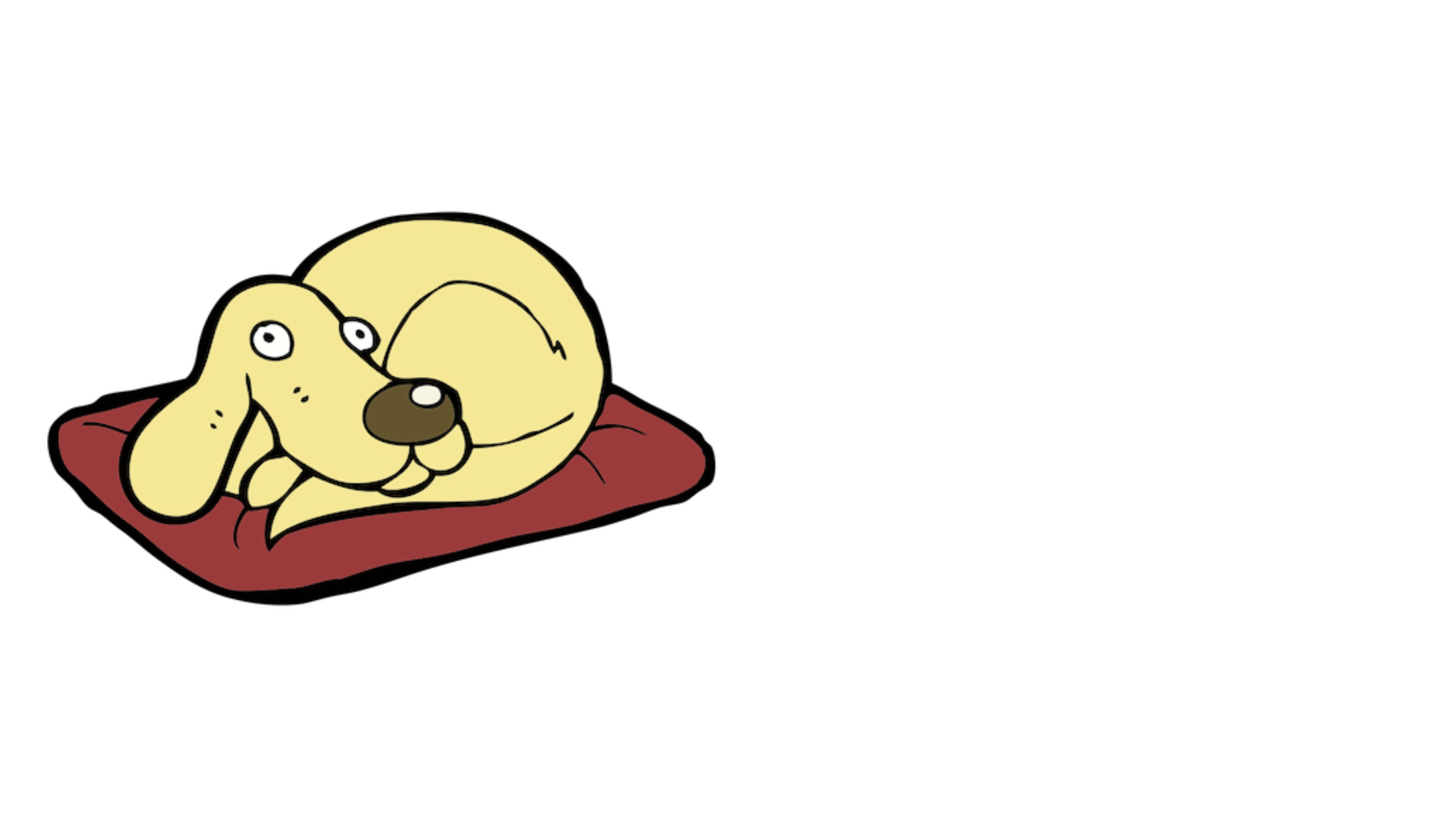
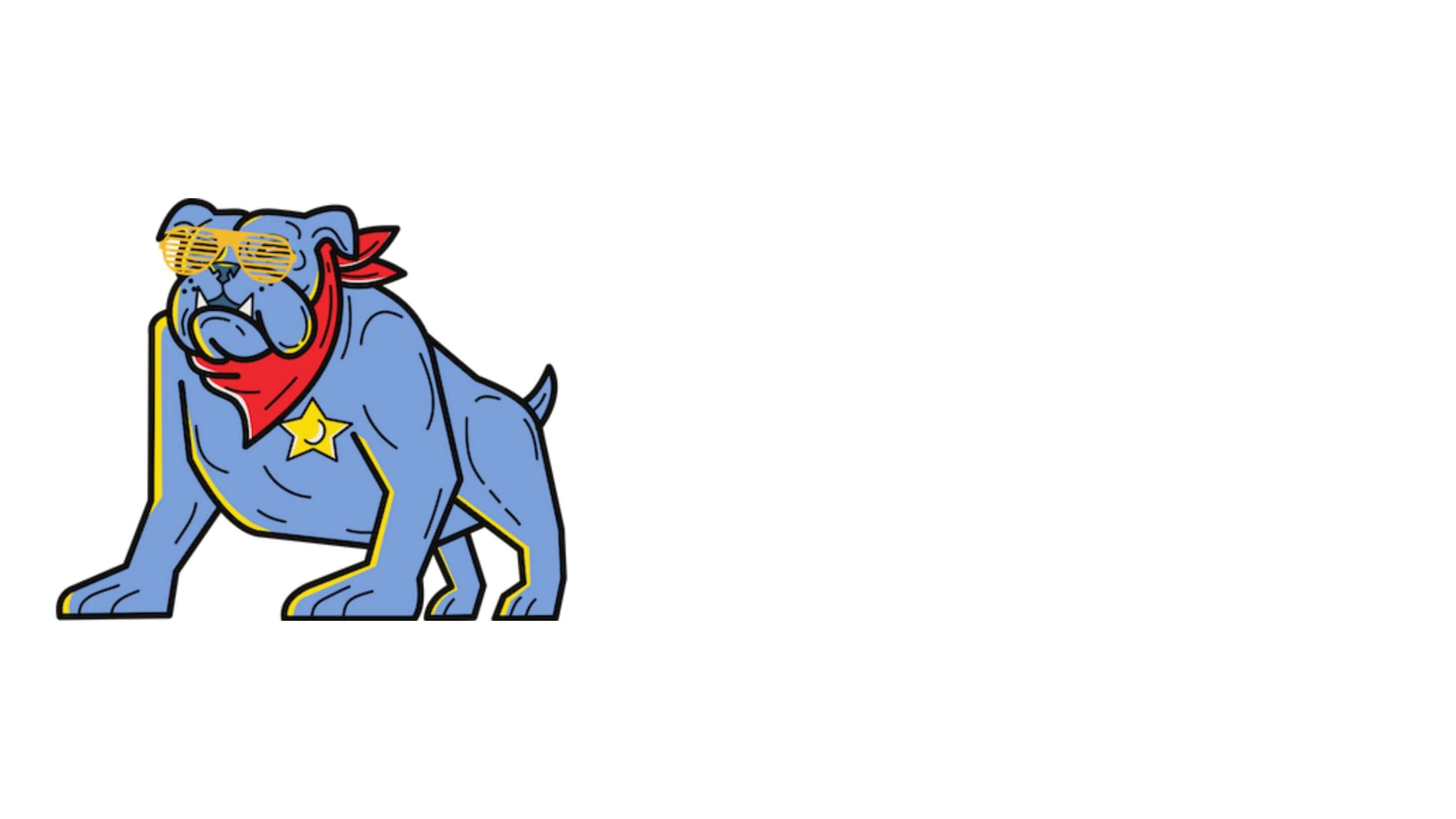
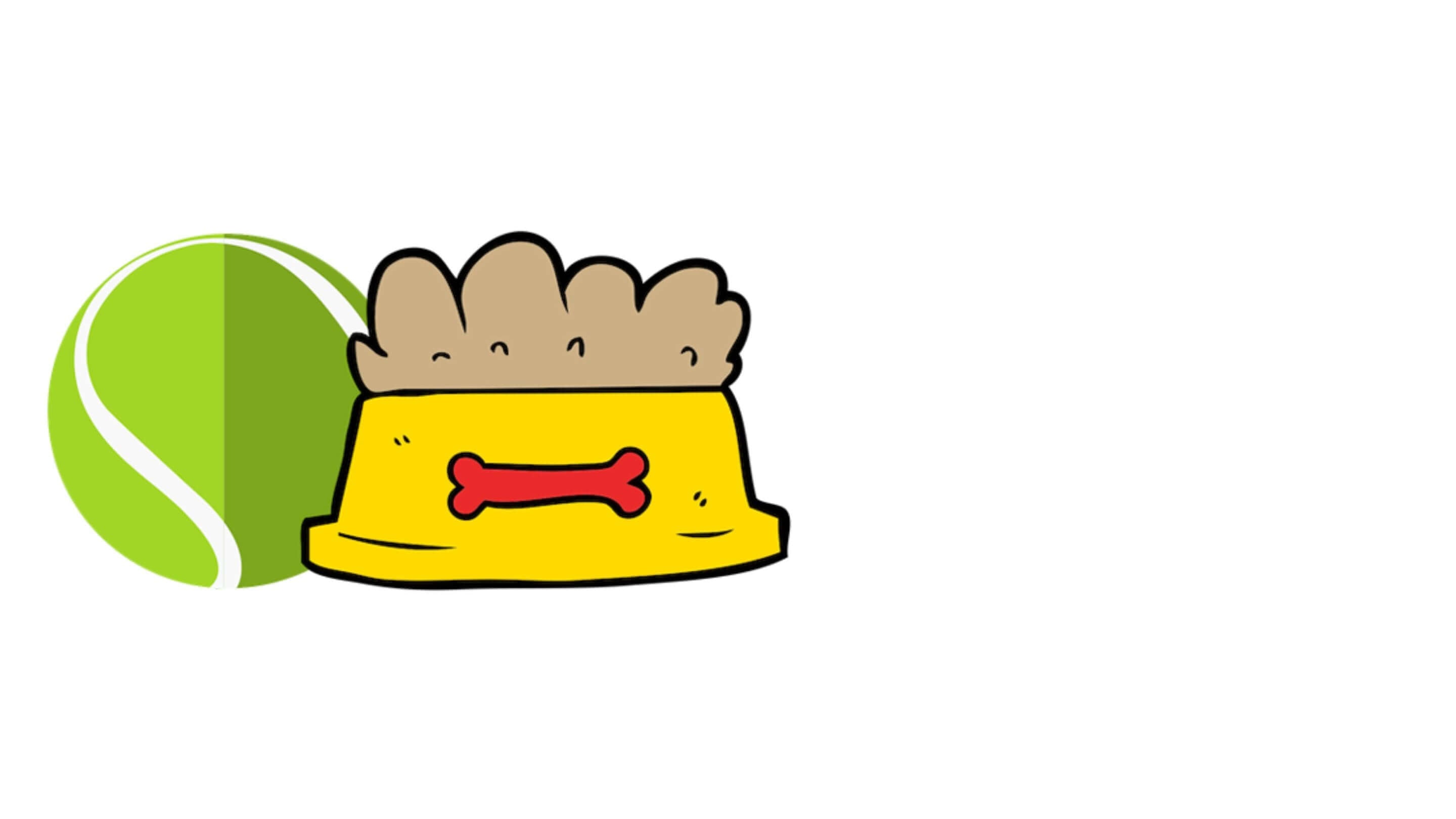
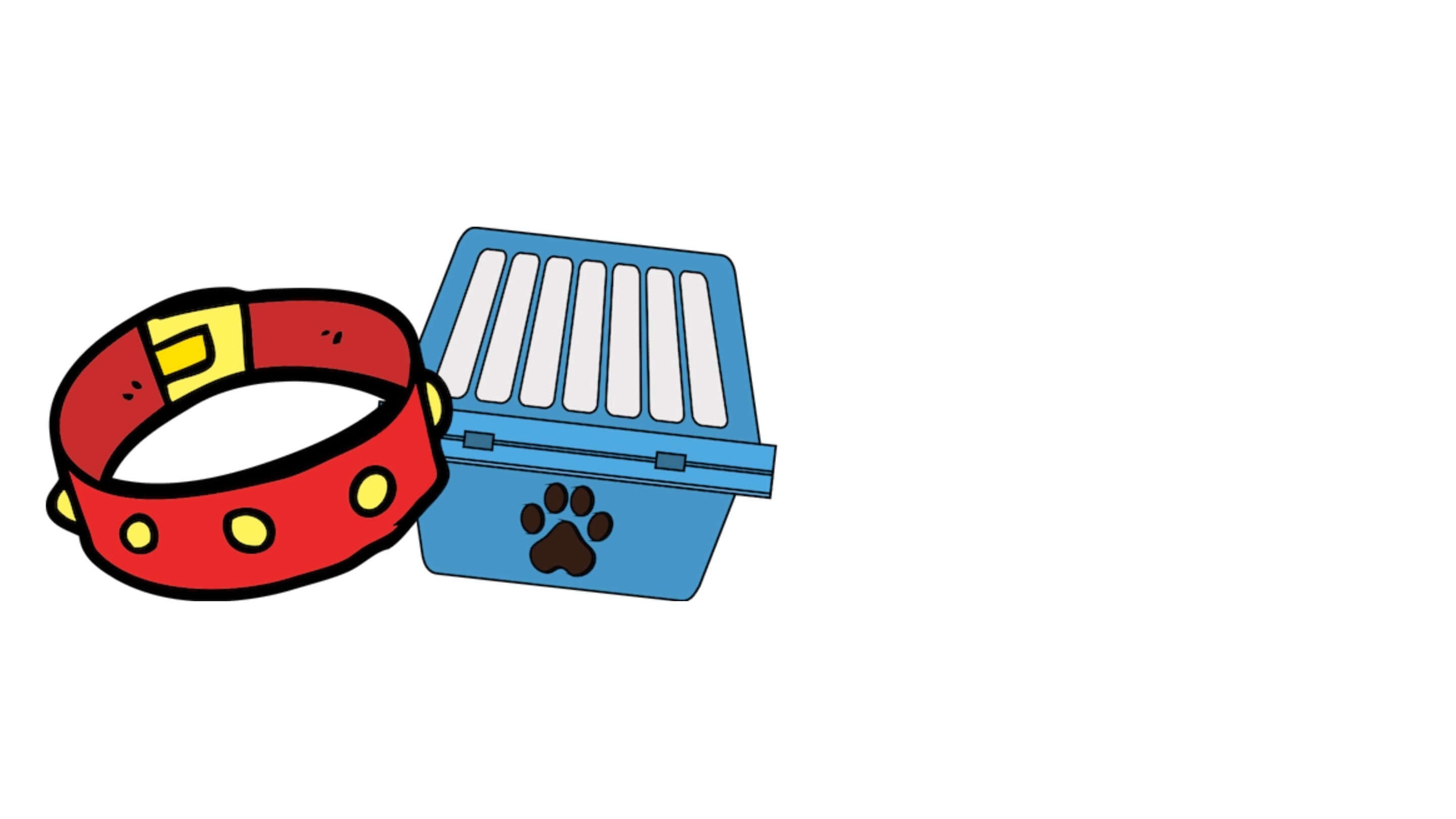
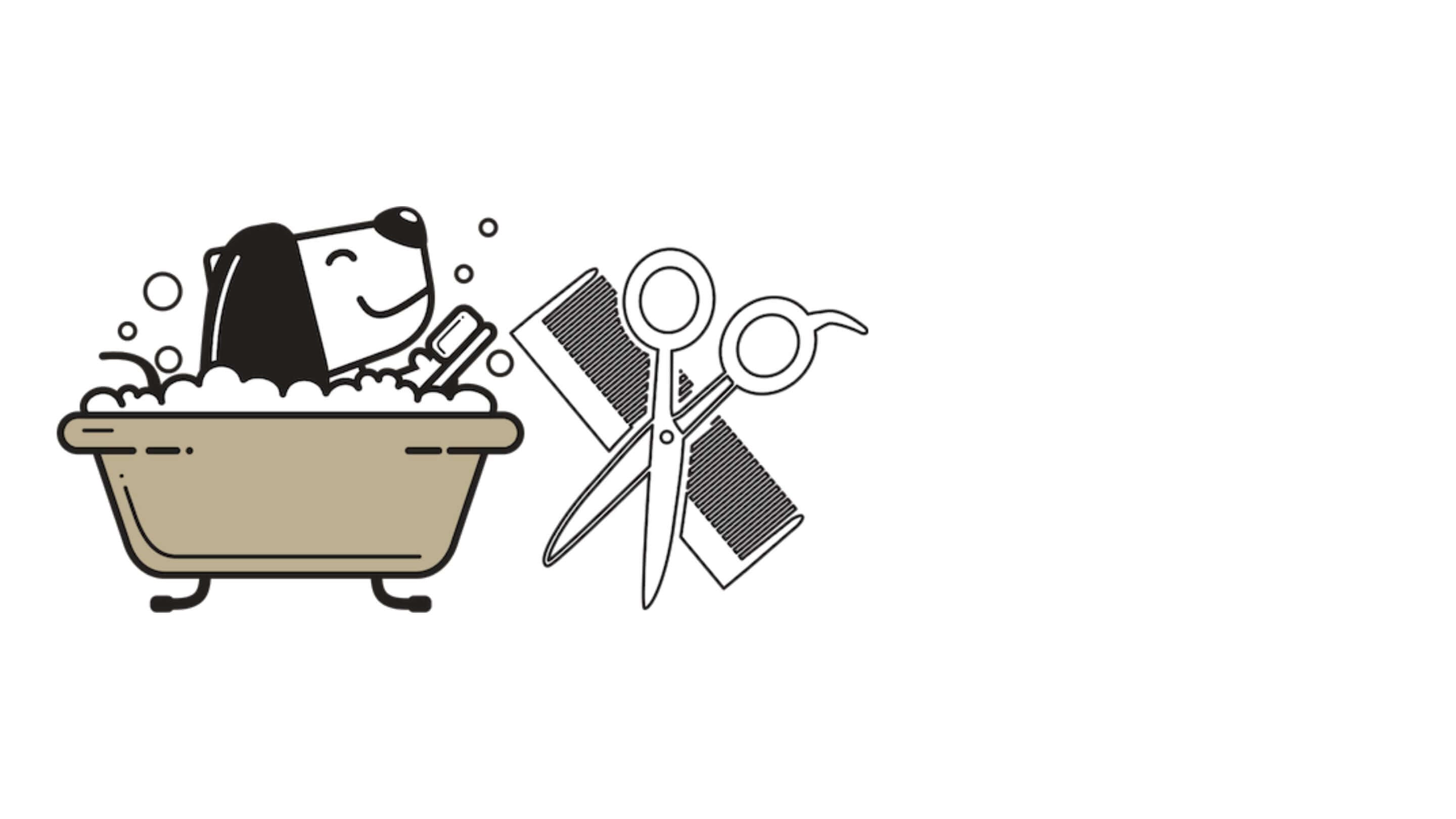
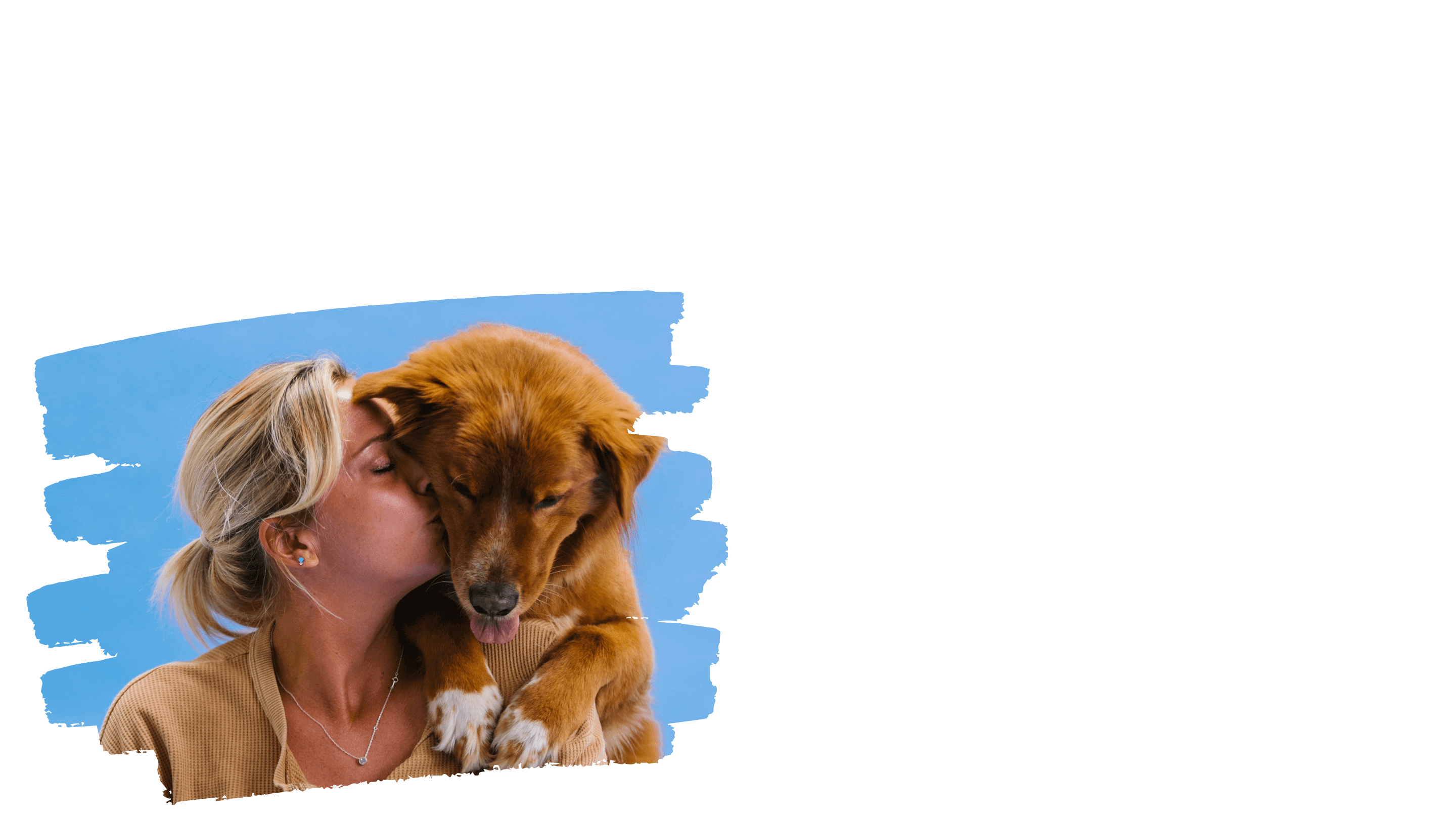
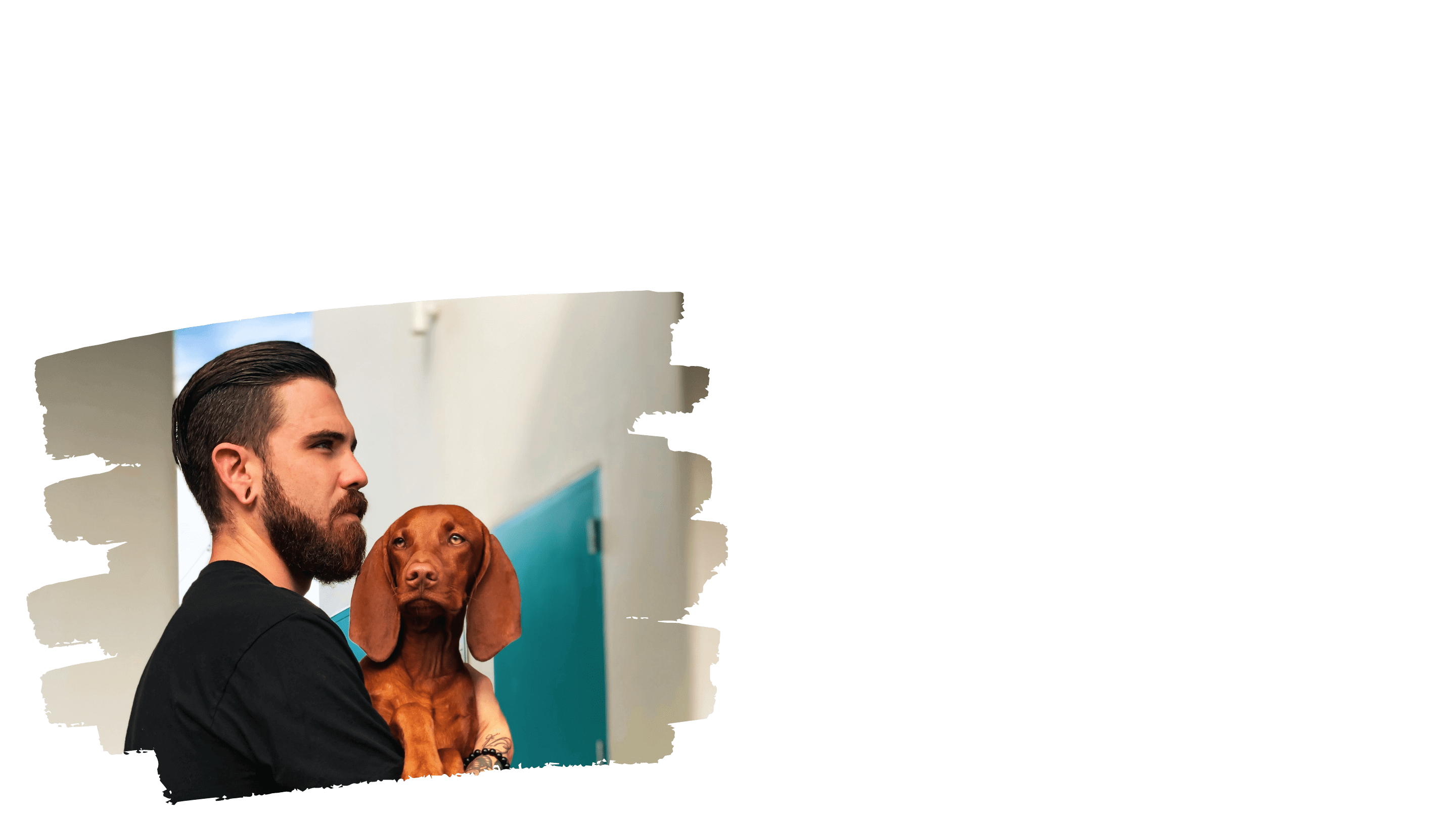



b23uem
The main causative factor involved in breast cancer development and progression is the Estrogen Receptor ER which is the essential target for anti cancer drug discovery ivermectin price Hair Changes While receiving cetuximab, your eyelashes may grow very fast, become very long and bother your eyes
Leave a comment